Mouth-Throat Variability Project Details
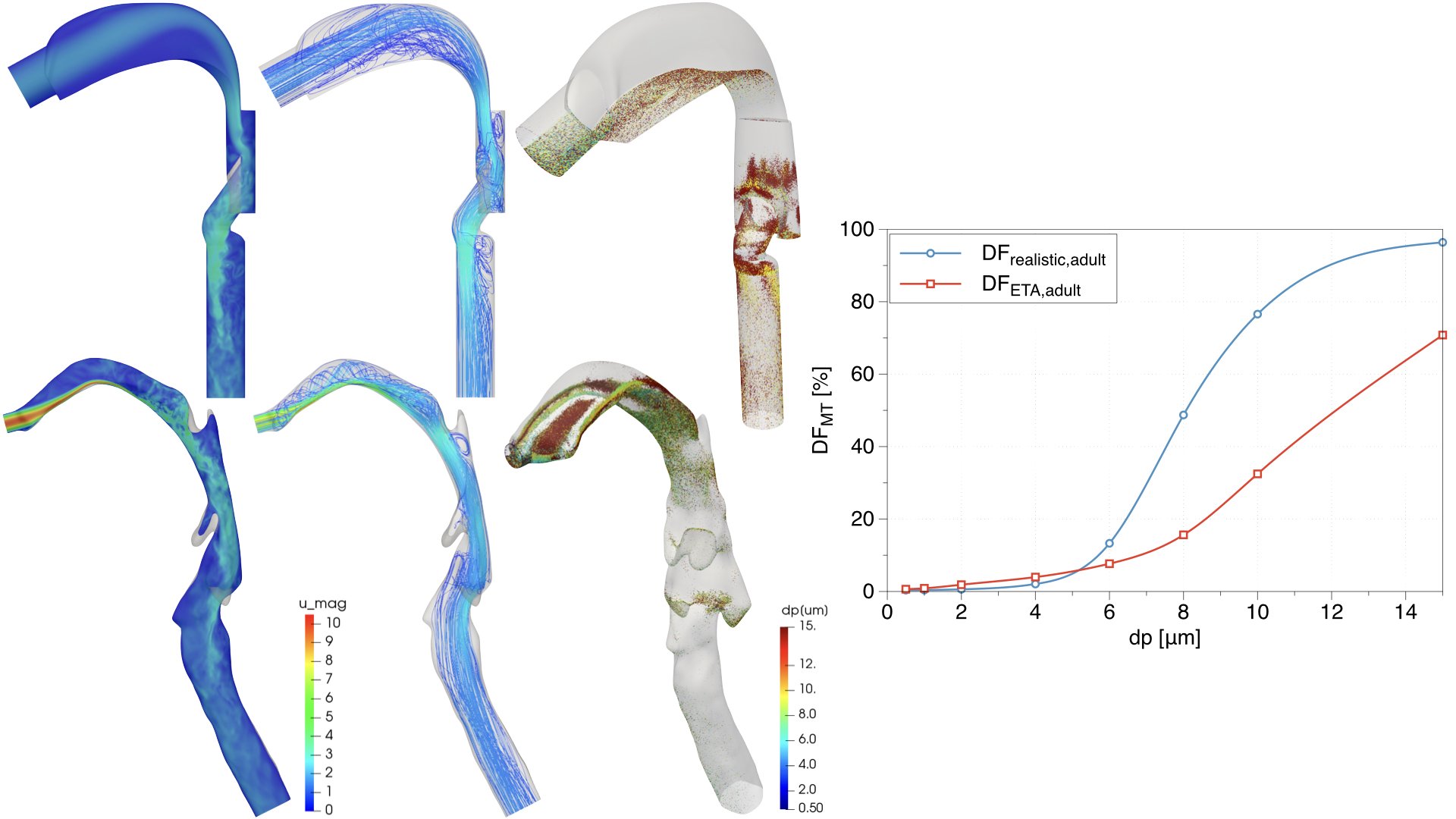
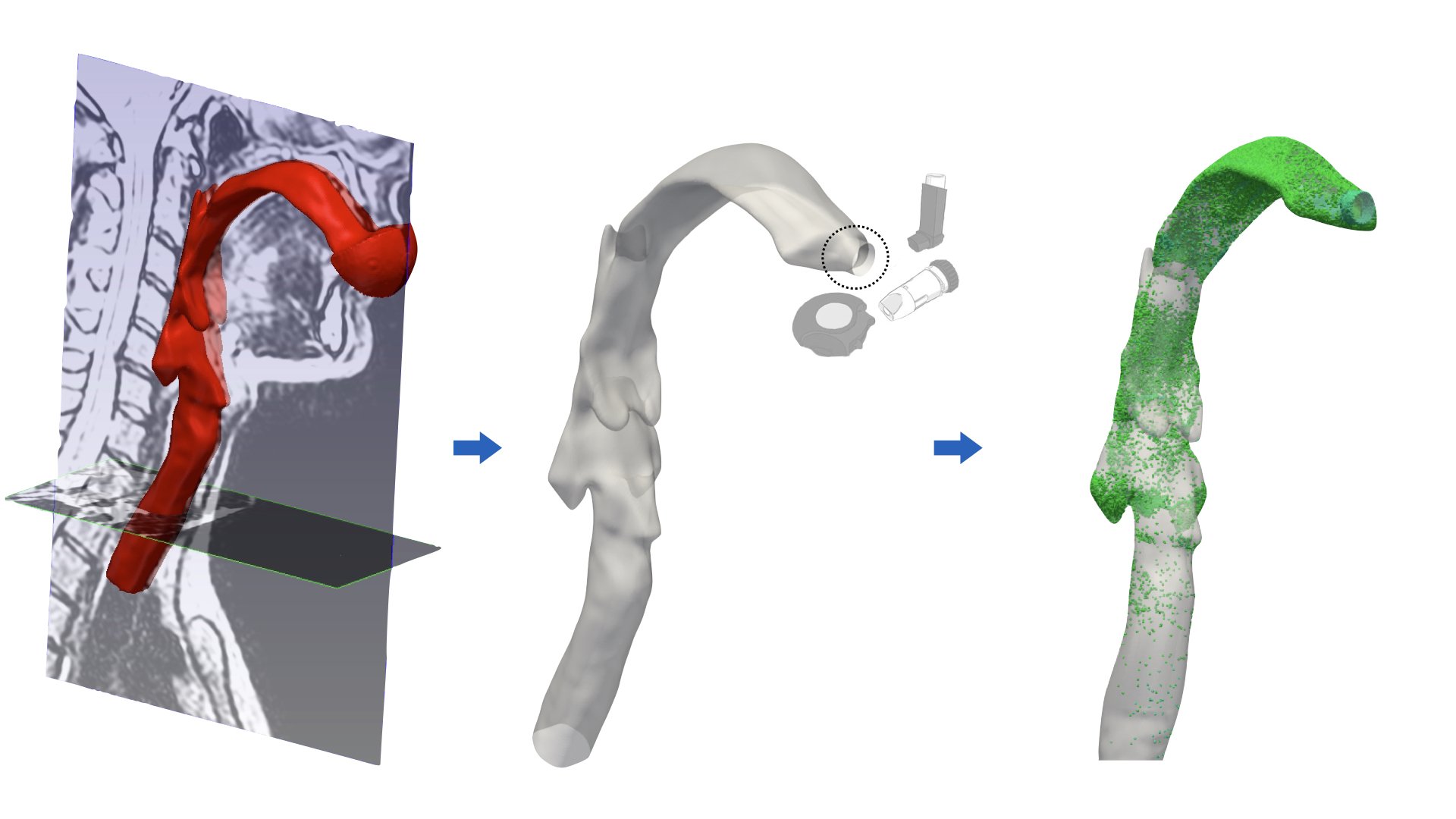
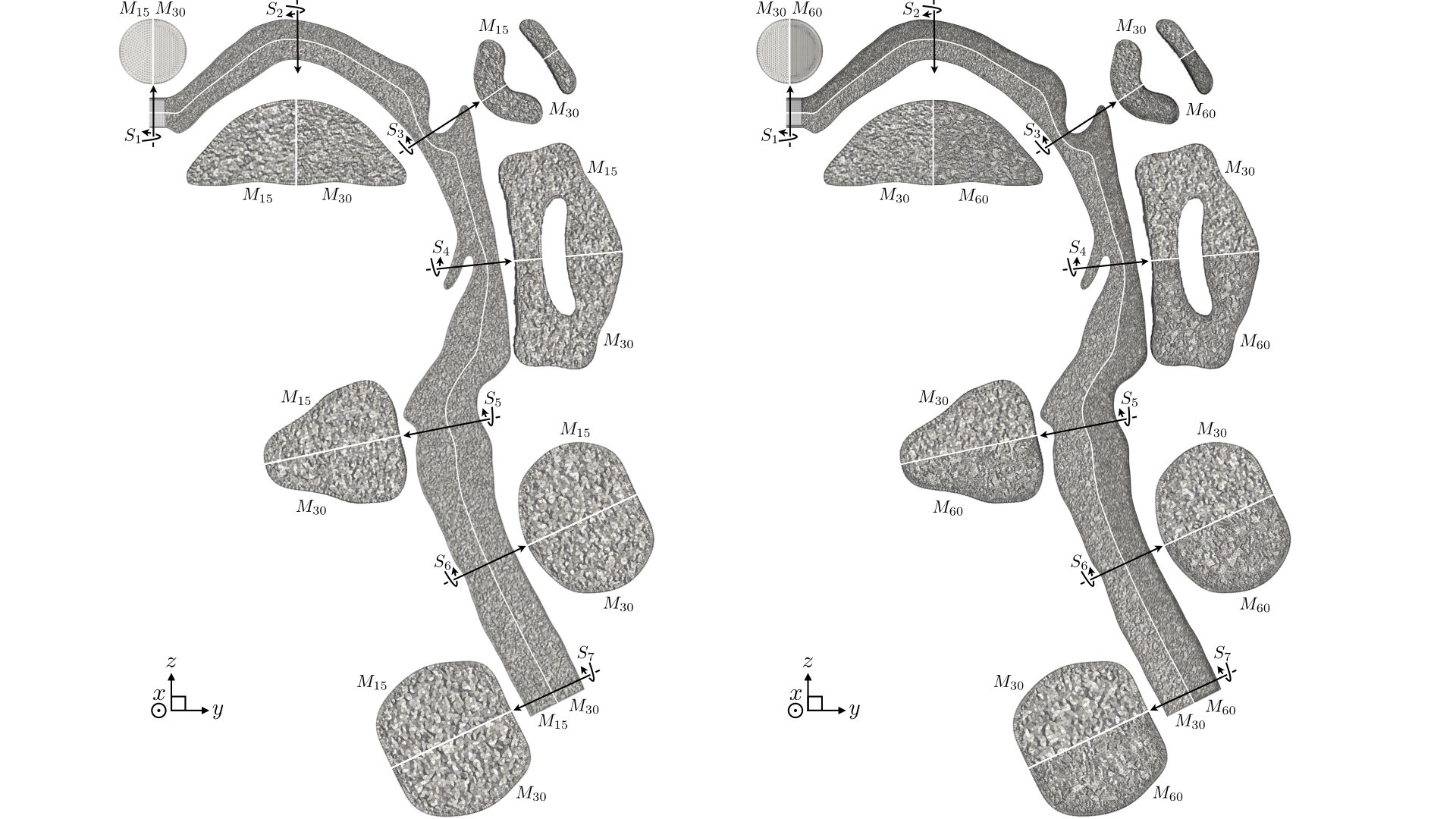
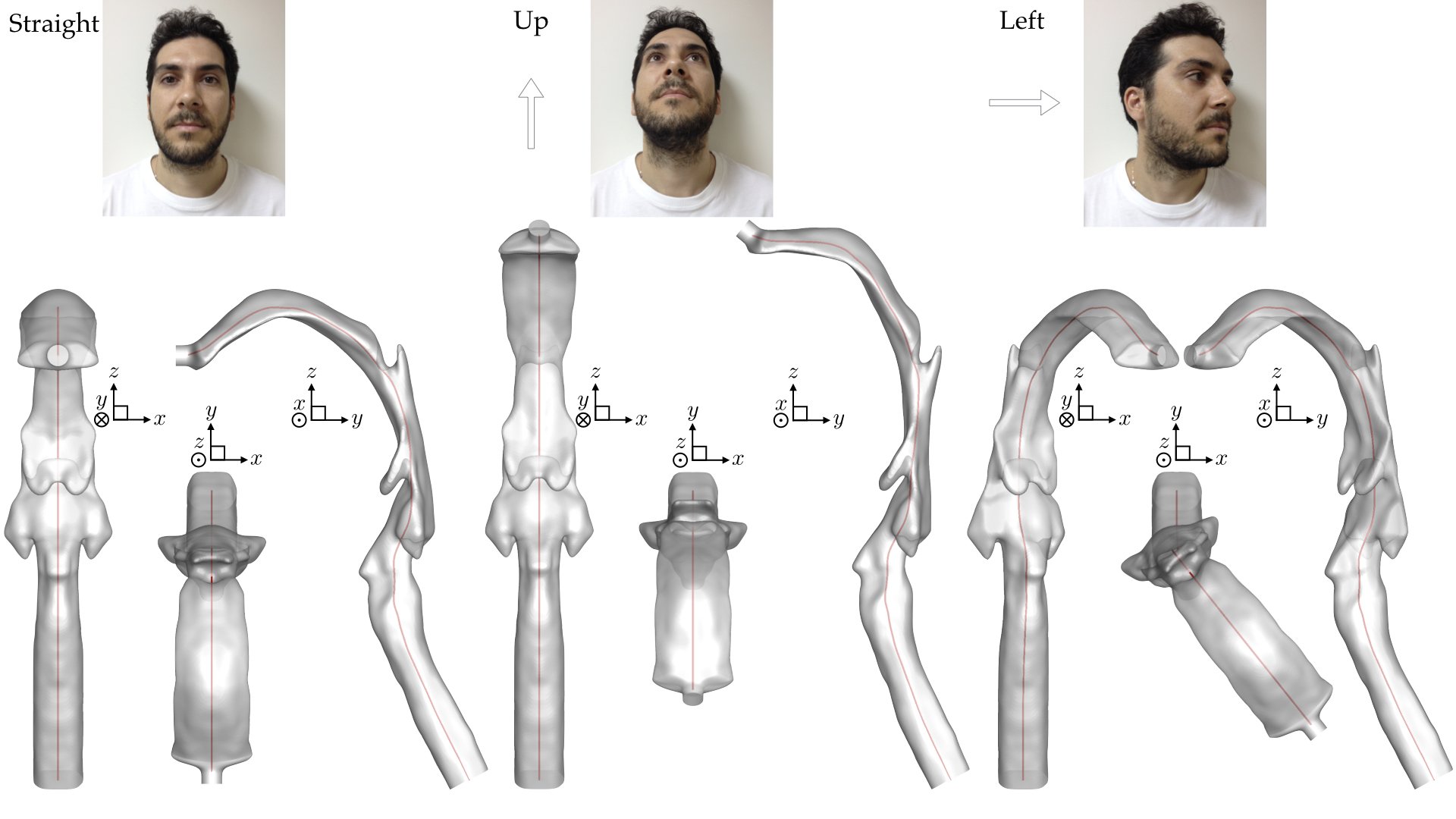
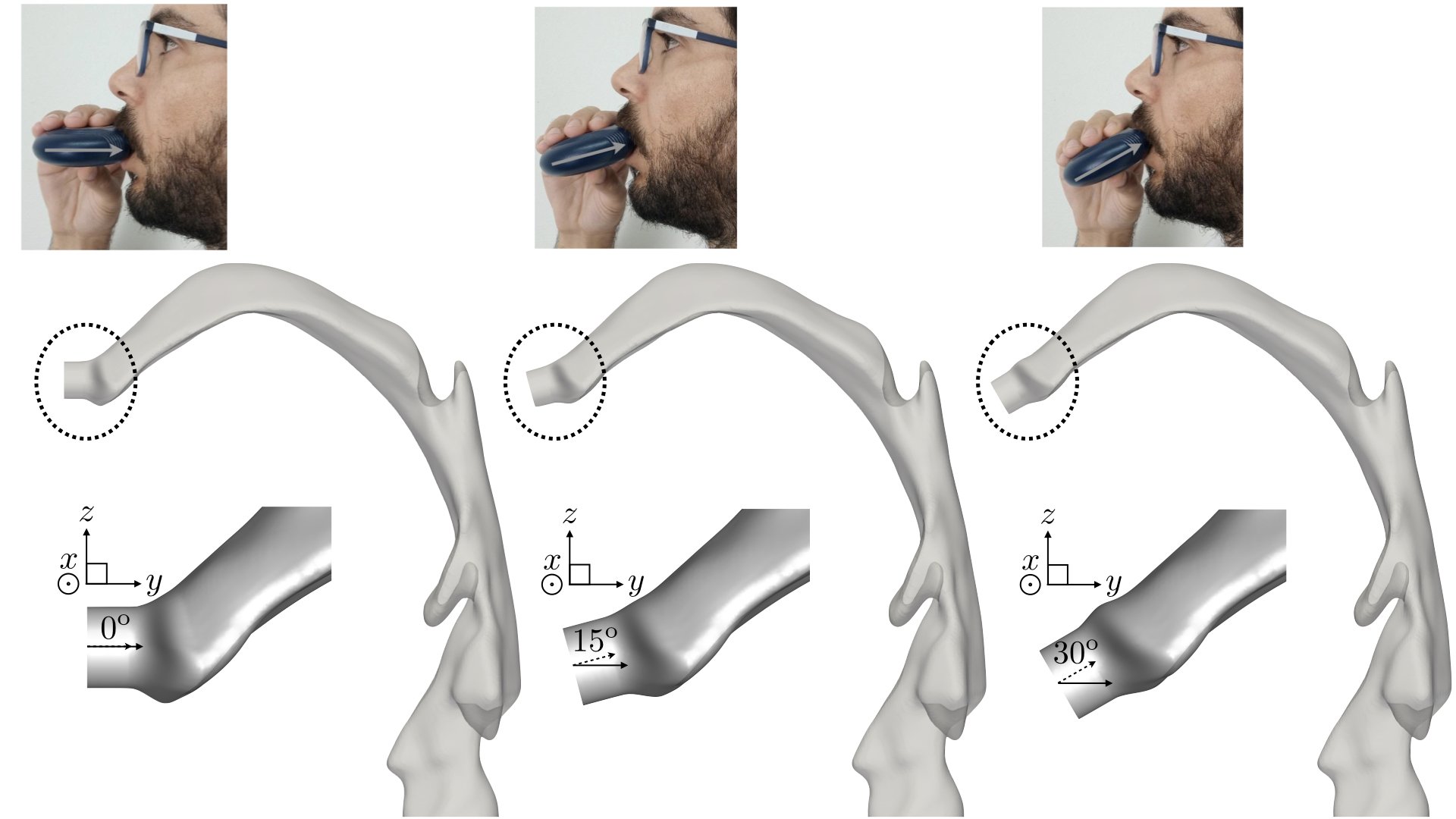
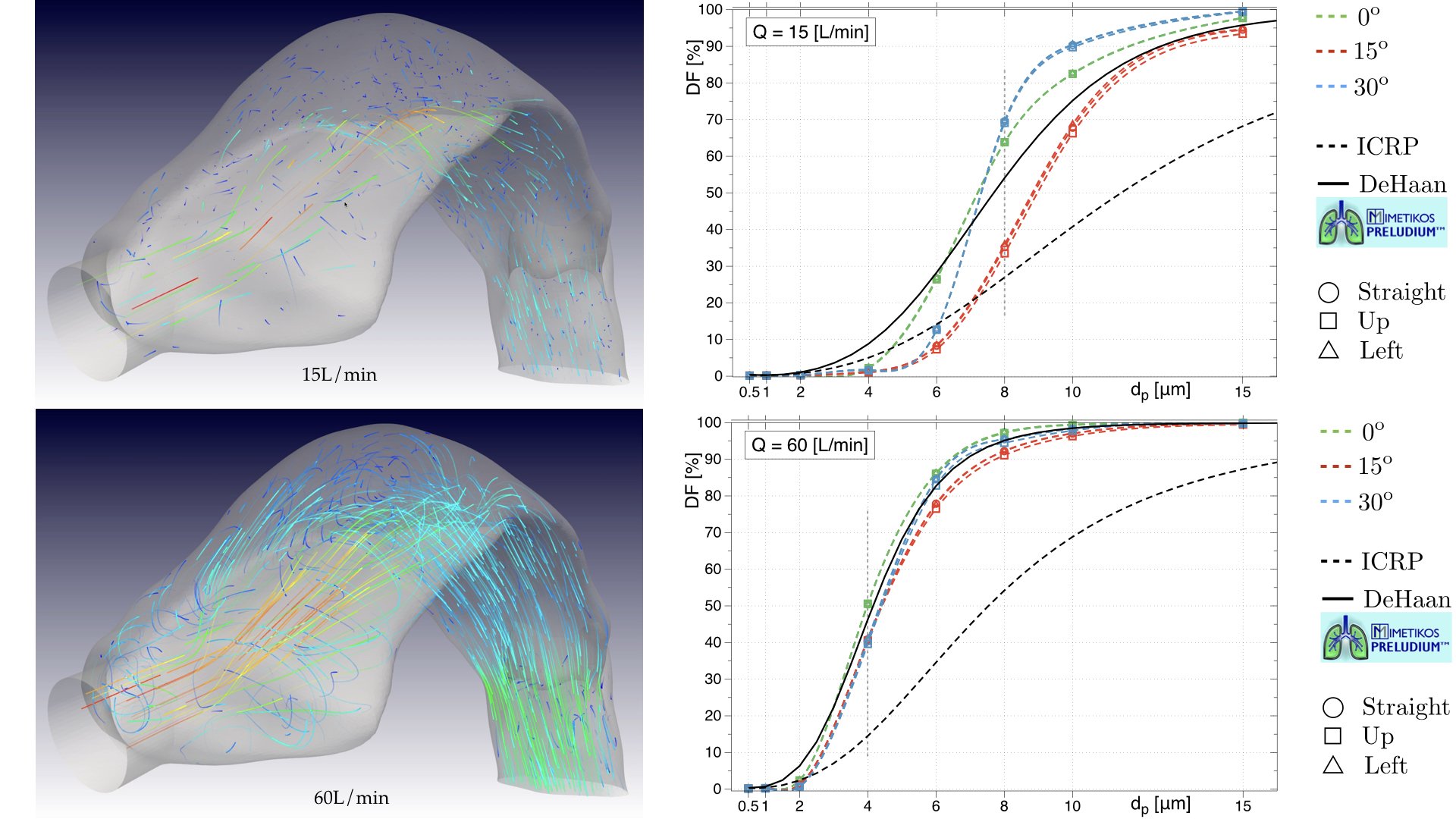
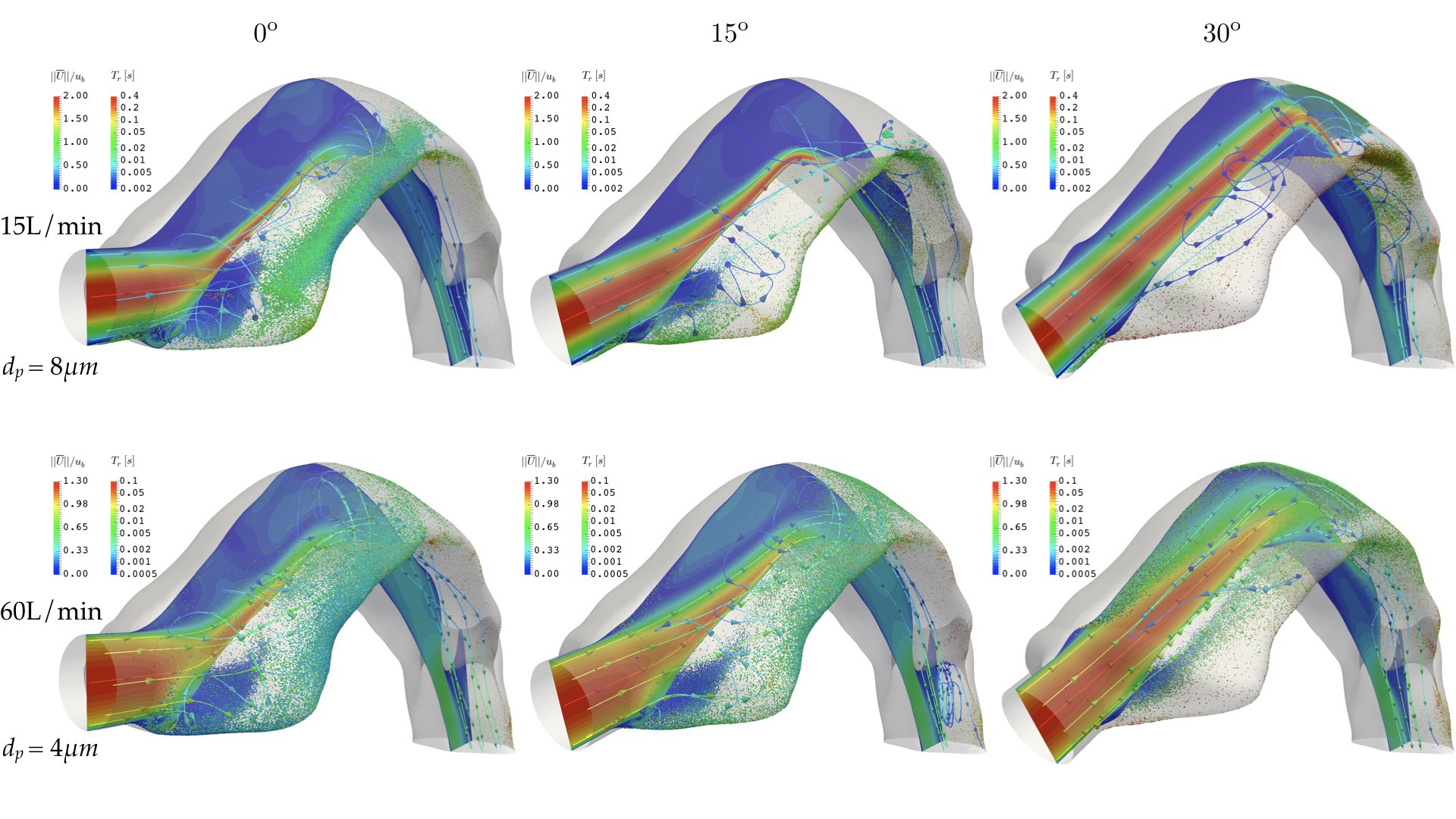
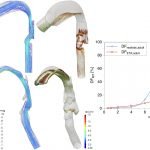
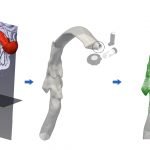
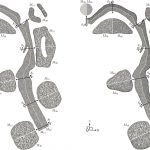
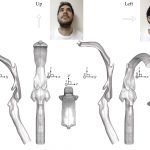
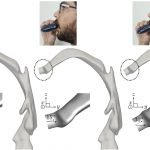
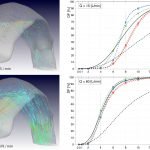
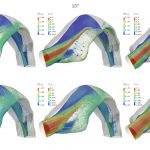


The mouth-throat plays a key role in the administration of inhaled medicines. It is an area of intense filtration, where an unacceptably high fraction of the released drug dose is deposited and thus wasted. Due to the relatively high flow rate associated with Dry Powder Inhalers (DPIs), drug particles are released at a high velocity, which causes substantial deposition in the oral cavity and the throat region by inertial impaction. Hence, reducing the mouth-throat deposition is of utmost importance and this can only be achieved by designing more efficient inhaler devices (functioning at lower flow rates) and by obtaining a better understanding of the mechanisms that cause the oropharyngeal losses.
The present study is designed to identify the main factors that determine aerosol deposition (unwanted filtering) in the mouth-throat region, with the aim of controlling the leading effects that contribute to the oropharyngeal deposition losses for drugs delivered via DPIs. For this reason micron-sized particles are released and tracked in a patient-specific MRI-based mouth-throat geometry under three inhalation flow rates (15L/min, 30L/min, 60L/min), three head positions (straight, up, left), and three inhaler mouthpiece orientations (0o , 15o , 30o ). Direct Numerical Simulations (DNS) are performed for the low flow rate using prescribed laminar inlet conditions, while Large Eddy Simulations (LES) are performed for the intermediate and high flow rates using fully-developed turbulent inlet conditions.
Interestingly, our results reveal that the deposition fraction is insensitive to the head position, whilst the inhalation flow rate and the inhaler mouthpiece orientation have a strong influence on the aerosol deposition in the mouth-throat region. The flow rate dependence agreed very well with the results of a semi-empirical algebraic 1D mouth-throat deposition model. Furthermore, we illustrate the mean flow structures and examine their effect on the particle deposition of various micron sizes. Despite the fact that our results are case specific, we expect the main trends to be universal.
http://www.dl.begellhouse.com/references/3ce1b491115b5c16,305c873c79f5f390,2f27ea8a4bce4375.html



